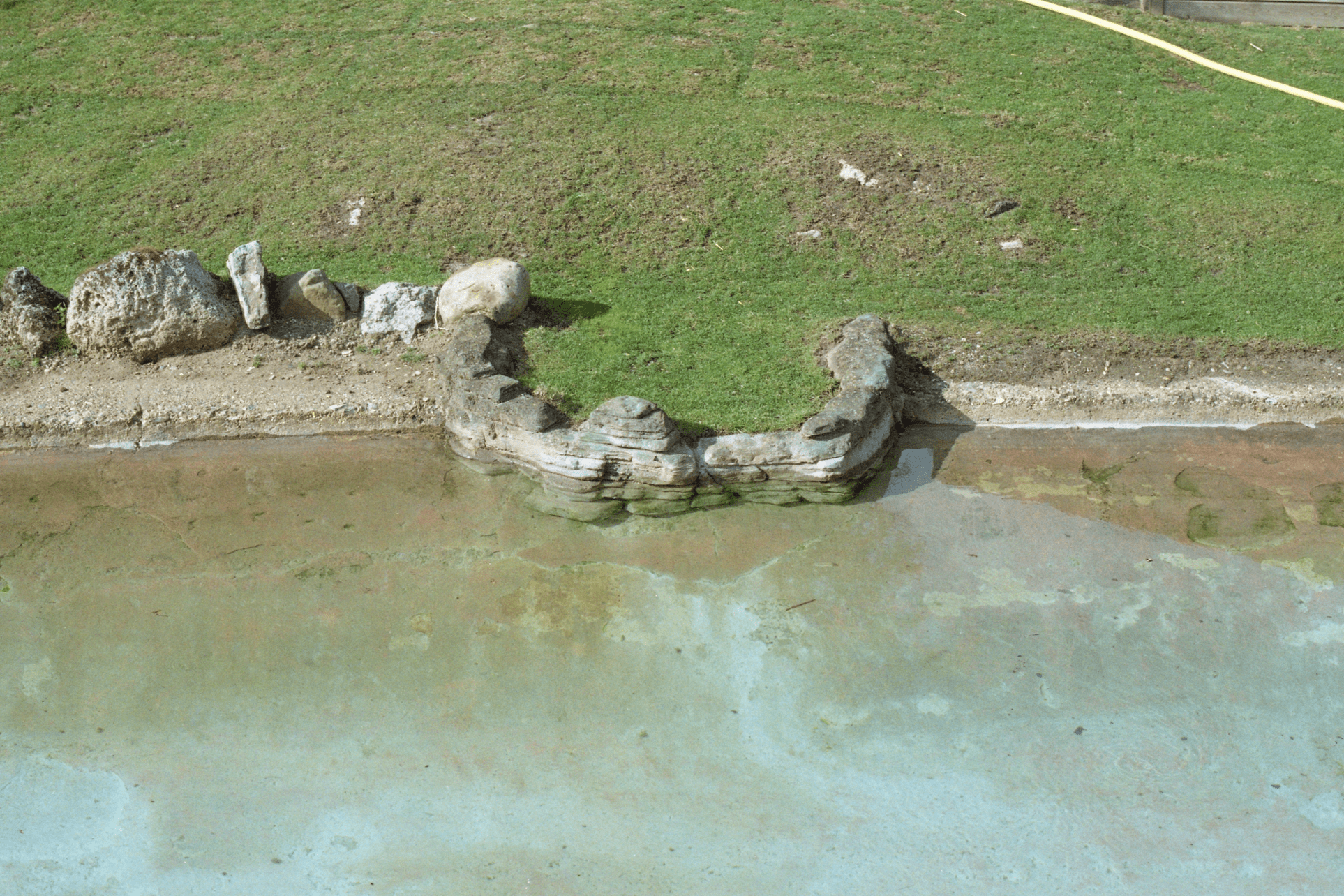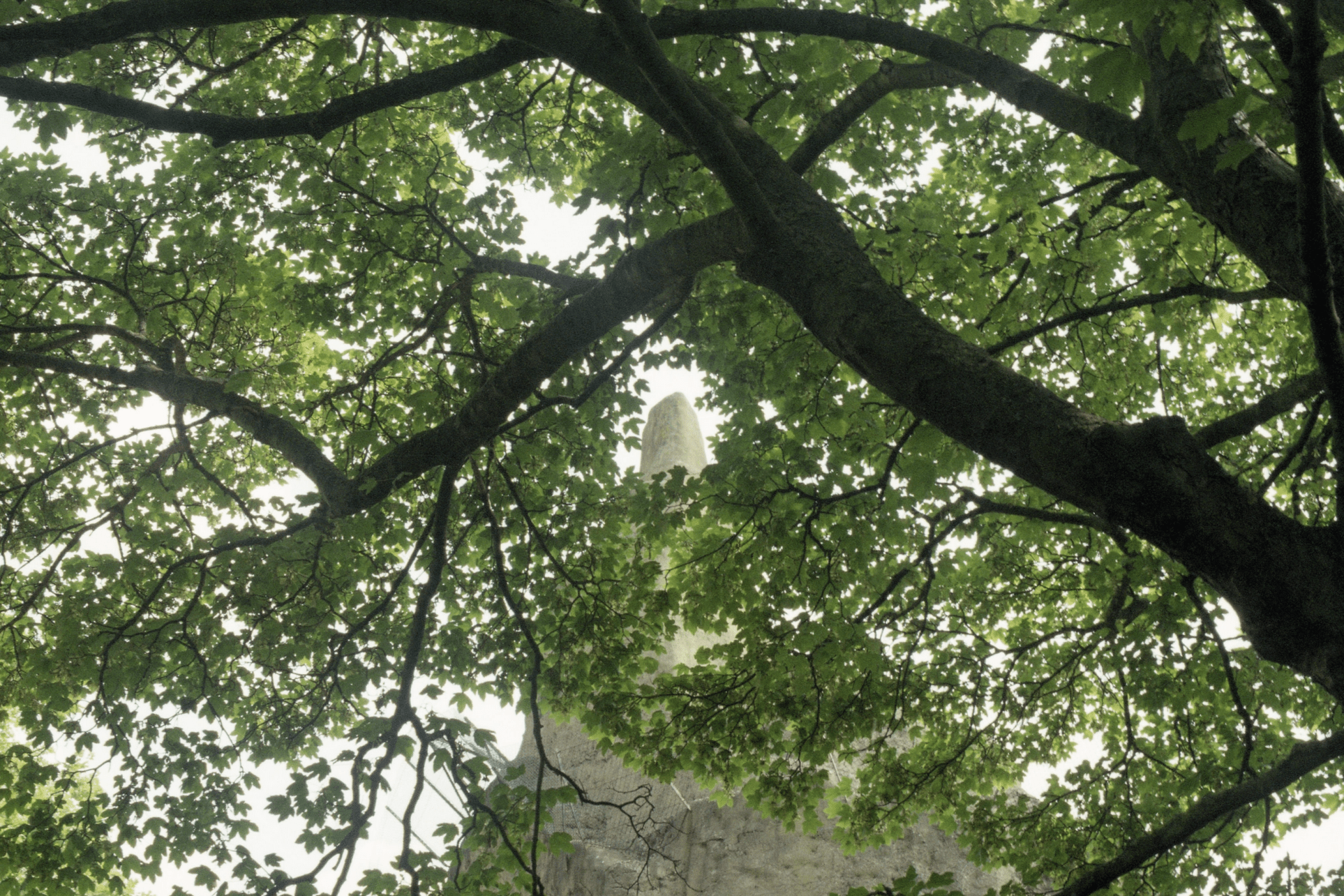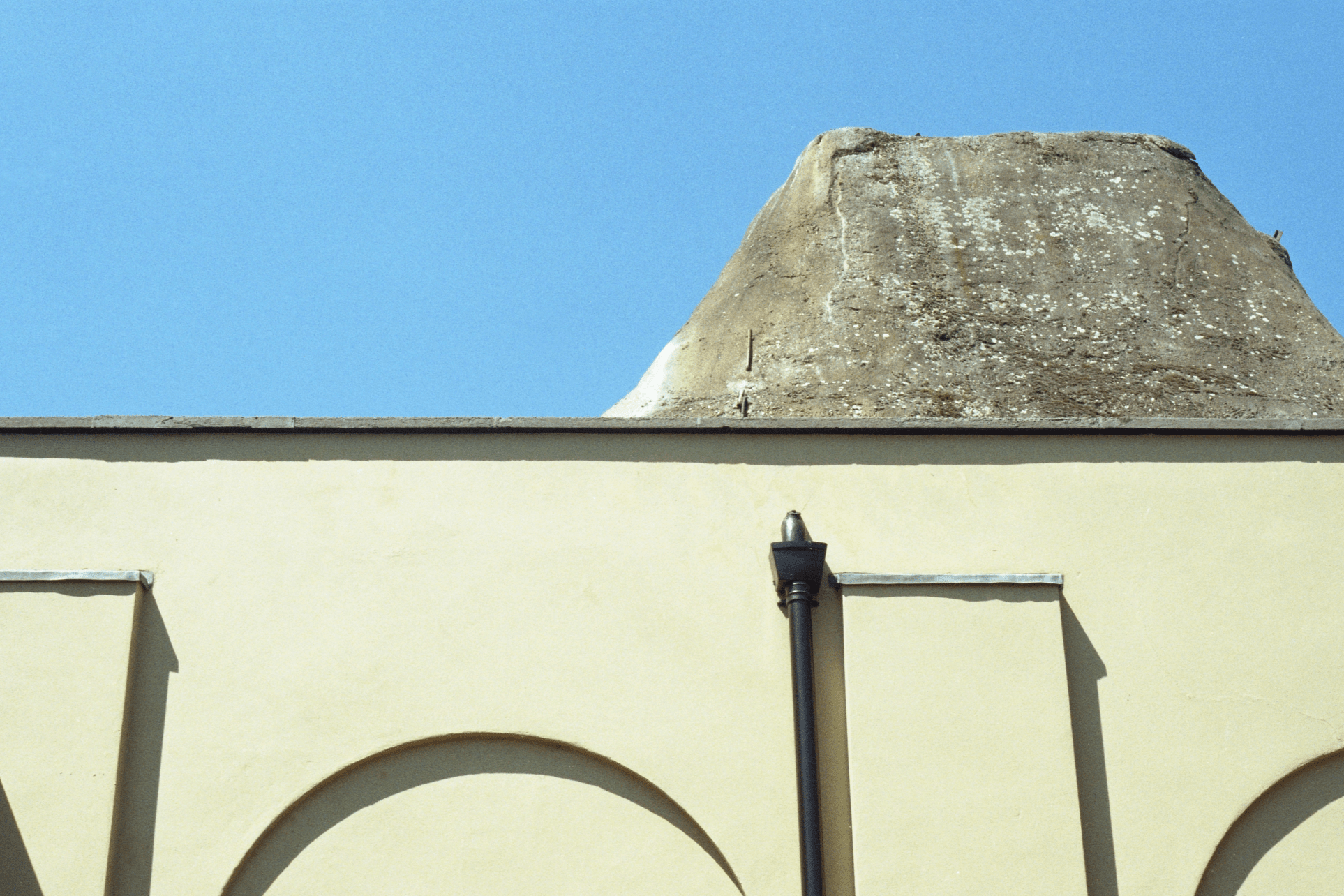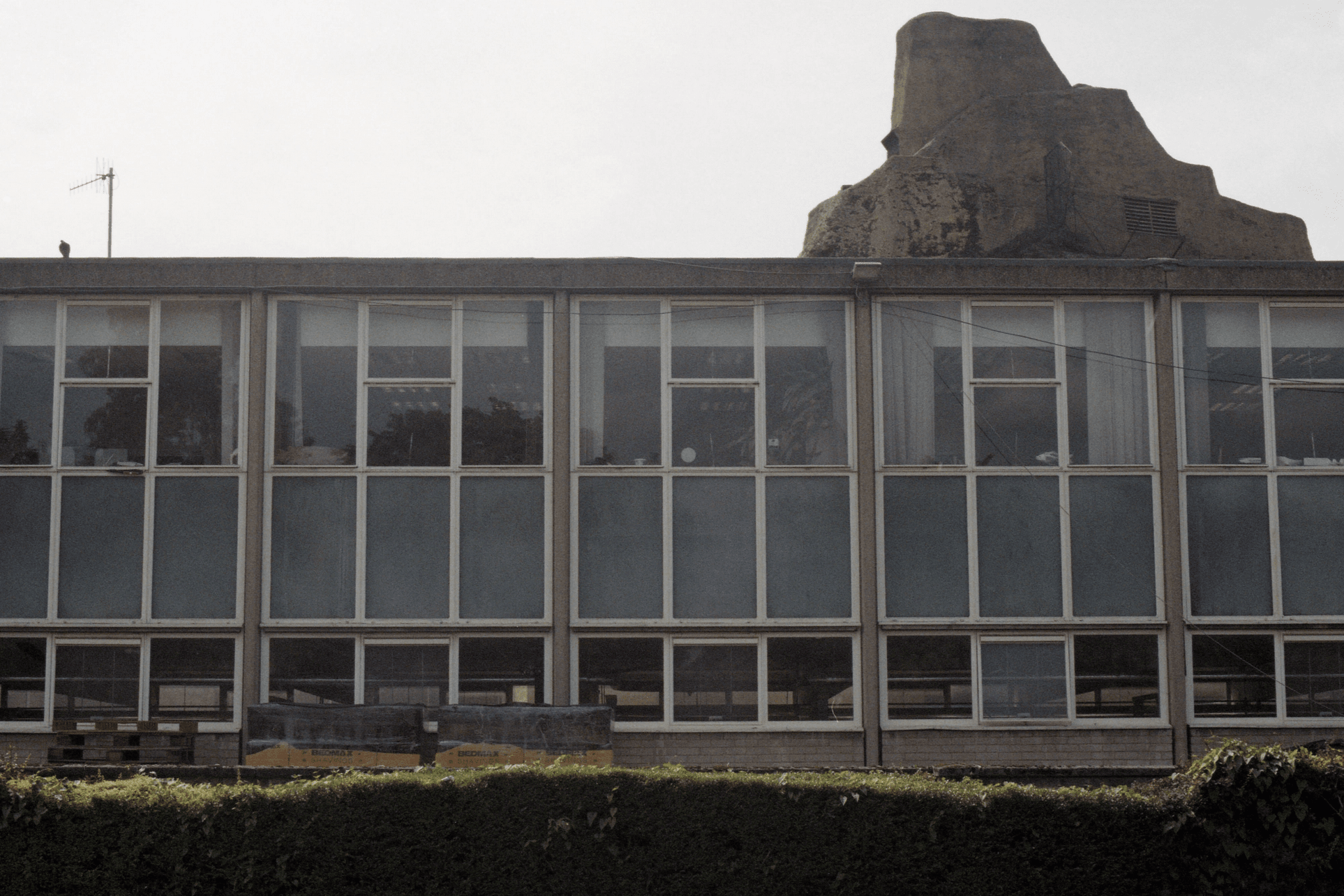
Prior to having a ‘Bear Mountain’ on which to display its bears, The Zoological Society of London initially housed them in a stone pit, reminiscent of a bear-baiting arena. Depictions of London Zoo’s old pit often show the bear gripping a tall post, being fed buns on the end of walking sticks. However, in 1902 the pit was condemned as a ‘relic of the Middle Ages’ and it was demolished soon afterwards, as was the polar bear exhibit: ‘perhaps the least credible’ in the zoo. After several more incarnations of bear housing, Secretary Chalmers Mitchell commissioned a new enclosure. Rather than being based on a specific habitat, the construction was based on naturalistic Continental displays, such as Hagenbeck’s panoramas. An additional strip of land was given to the Society for the building, on the condition the animals within could be seen from the rest of Regent’s Park.

The Mappin Terraces, a quadrant of tiered hills, were built using concrete during 1913–1914, at a time when the material was still considered quite new. The enclosure resembled rocky mountain peaks, tapering down to shallow pools, interspersed with concealed pathways. The pools hosted waterfowl, then penguins. The paddocks were designed for deer and later used for other ruminants and pigs. Moving upwards were bear enclosures with spiky slate parapets added, followed by hills for goats.

Initially, the Terraces were criticised for their stark appearance and in an attempt to soften it, porridge was poured over the concrete to encourage the growth of lichens. The bears were a popular exhibit: described as ‘irresistibly comic’ when begging and catching food. Polar bear cubs were successfully born and reared: the young cub Pipaluk became the inspiration for a hugely popular toy. Polar bears arguably do not do well in captivity: a 1986 report indicated that most displayed stereotypic behaviour.

Pipaluk was sent away to Poland in 1985, and the Terraces faced a refurbishment. Simpson reported in 2008 that they had ‘undergone a dramatic transformation to become the site of one of the first climate change educational centres in UK zoos’. The Mappin Terraces reopened as an Australian Outback exhibit, with wallabies and emus. Red kangaroos were later added.

Today, slate spikes are no longer on the rim of the Terraces, and the mid-section walkways have been demolished. The mountains glow red in the evening sun, and continue to interrupt skylines at various unexpected points around the zoo. Sprinklers tease a green lawn out of the ground. Blue-green water sits in the shallow pool in front, surrounded by ornamental rockwork. A sign, ‘Animal Survival I-Spy!’ incorporates an exact graphic outline of the second Mappin Terrace hill from the left, to accompany a note about a wallaby’s hop being ‘perfect for the vast desert landscape’ – a visitor may (erroneously) gather from this sign that the Terraces were purpose-built to simulate the outback.
I found the Mappin Terraces to be a more peaceful area of the zoo, as people are kept in one place, overlooking the panorama from the bottom, as the corridors between terraces are no longer there or closed to the public. This results in a few dead ends for inquisitive visitors. The wallabies, emus and kangaroos surround the viewer on their wide panorama, and can wander back and forth.

British Pathé, 1968. ‘Polar Bears‘ [online].
Edwards, John, 1996. London Zoo from Old Photographs 1852–1914. London: John Edwards.
Gleeson, Gertrude, 1933. The Zoological Gardens. London: Sampson Low, Marston & Co.
Guillery, Peter, 1993. The Buildings of London Zoo. London: Royal Commission on the Historical Monuments of England.
Horsman, Paul, 1986. ‘Captive polar bears in the UK and Ireland‘ [online]. Born Free Foundation.
Simpson, Aislinn, 2008. ‘London Zoo polar bears make way for Australian Outback’ [online]. The Telegraph.
The Telegraph, 2009. ‘A new home for Britain’s last polar bear‘ [online].
Wainwright, Oliver, 2013. ‘London Zoo’s new Tiger Territory: built for the animals first, and visitors second‘ [online]. Guardian.
Yau, Wilson, 2013. ‘London Zoo’s new artificial mountains, September 1913‘ [online]. RIBA Blogs.
